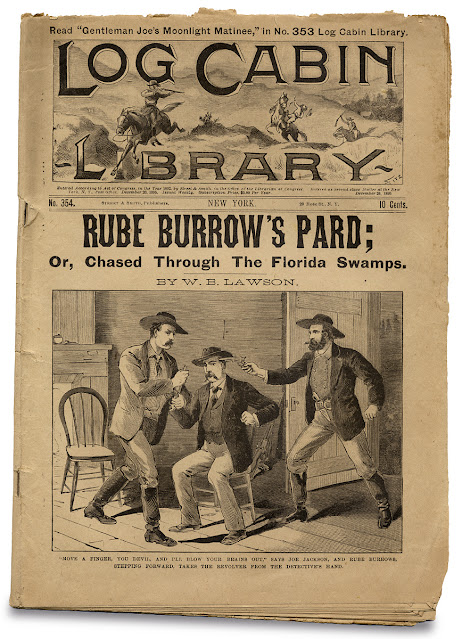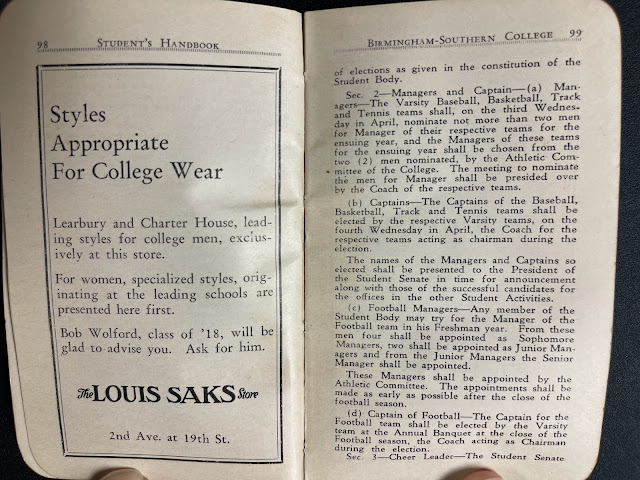Back in the day I did a good bit of research and writing on crime in the South and in Alabama. In 1989 my book Criminal Activity in the Deep South, 1700-1930: An Annotated Bibliography was published and is still available from the publisher and other sources. I've also published articles on Texas gunfighter John Wesley Hardin's sojourn into Alabama. Another topic has been train robber Rube Burrow [1855-1890], and that article brings us to today's posting.
Burrow has been the subject of much ink over the years. One of the best recent books is Rick Miller's Rube Burrow, Desperado published in 2014. Miller is a well-known author on outlaw and western topics. Barbara Carruth's Legends of Rube Burrow & Gang appeared in 2021. You can peruse many other books here. Articles are also numerous.
Since the universe of published material on Burrow and his associates is so large, I decided to write on his career in dime novels, the cheap literature of crime, adventure and romance stories that dominated "lower class" reading markets in America in the second half of the 19th century. The output of one firm alone, Beadle and Adams, was enormous. Beginning in 1859, the company published over 1400 titles. Thousands more from other publishers were issued into the 1920s. Another popular format was the story papers, published roughly 1850-1910, which were issued weekly. By the 1920s pulp magazines had pretty much replaced both formats.
I discuss several of the nine Burrow dime novels in this article, as well as offering some background on the form and Burrow the historical figure. In Part 2 of this post, I'll offer covers of some of these dime novels, some photos of the real Burrow, links to dime novel resources online and a bibliography of further reading in print sources.
As noted in the last image, this article was published in the Quarterly of the National Association and Center for Outlaw and Lawman History, based at the time of publication in 1992 at the University of Wyoming. The publication and organization has a convoluted history, but lasted in some form from the late 1970s until about 2007.
Part 2 of this post is here.











































.jpg)







